MUSINA-MAKHADO SPECIAL ECONOMIC ZONE
Limpopo bushveld ‘monster steel’ project challenged in court
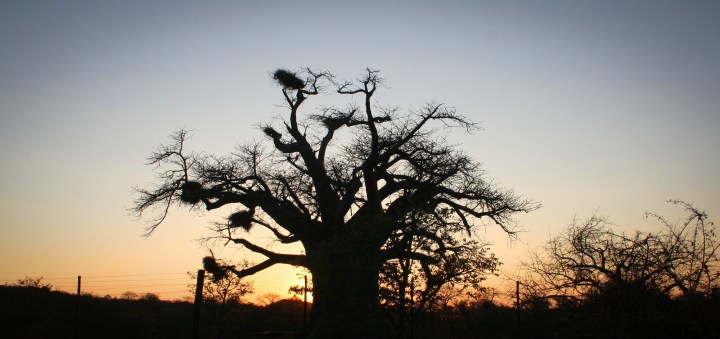
Plans for a mega-industrial steel zone in the mineral-rich Limpopo bushveld must be halted until there is a thorough social and environmental assessment of its broader impacts — including the climate crisis, air pollution, habitat destruction and crippling water demands in an arid region.
A legal review set to be heard in the Polokwane High Court, challenging the piecemeal approval process of the proposed Musina-Makhado Special Economic Zone (MMSEZ), argues that the development must be halted until full impact assessments are done.
The major component of the special economic zone is a new steel and metallurgical cluster largely financed by Chinese developers, just south of the Zimbabwe border, about 50km from Musina.
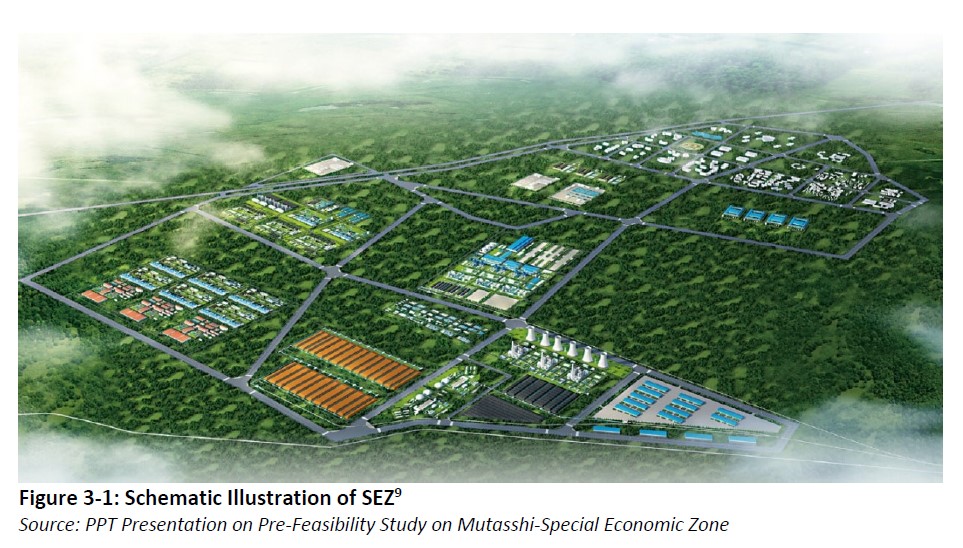
A schematic view of the proposed Musina-Makhado Special Economic Zone. Traditionally, special economic zones are fenced-in areas that allow for duty-free and tax-free imports of raw and intermediate materials for processing and re-export. (Image: EIA report)
The original proposal to power the new metal city development via a 3,300 MW coal-fired power station would consume up to 16% of South Africa’s remaining carbon budget. Now, the plan to use coal has, allegedly, been ditched after Chinese president Xi Jinping announced a policy decision late in 2021 that China would not build any new coal projects abroad.
According to MMSEZ chief executive officer, Lehlogonolo Masoga, plans to burn coal have been “abandoned” in favour of new solar and hydrogen energy sources.
Masoga told City Press in September last year that there were plans to construct a solar plant in partnership with a Chinese company, “which he preferred not to name until a memorandum of understanding had been signed”.
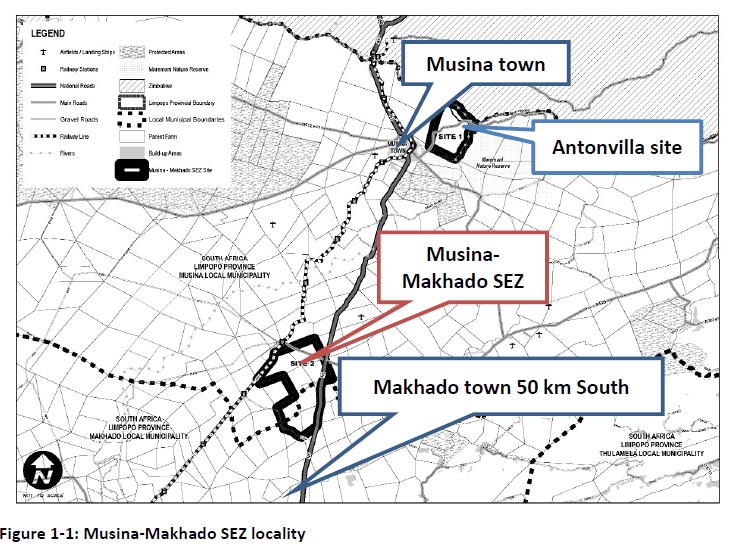
The proposed Limpopo metallurgical cluster is located south of the border town of Musina. (Image EIA report)
However, whether the coal-burning plans have in fact been abandoned remains to be seen, as the original project rationale was tied inextricably to the proximity of new coal mining fields in the adjoining Soutpansberg region.
According to MMSEZ’s own environmental impact assessment (EIA) report, a previous feasibility study estimated that a 2,000ha chunk of land was needed to establish a 1,320 MW photovoltaic solar farm — so the solar option was therefore considered unviable.
Read more in Daily Maverick: “Killing the Holy Ghost: Inside the unlawful bid for environmental approval of the Musina-Makhado SEZ”
Now, in court papers lodged in the Polokwane High Court in December, three civil society organisations have called for a legal review of a decision by the Limpopo Economic Development, Environment and Tourism (LEDET) department to authorise the first part of the development.
‘Project splitting’
The applicants (The Herd Nature Reserve, Living Limpopo and the Centre for Applied Legal Studies at Wits University) argue that the Limpopo economic authorities are following a dubious, piecemeal approach known as “project splitting”.
This involves breaking up a major development plan into smaller pieces that mask the full cumulative impacts when applying for environmental approval.
In this case, the Musina-Makhado Special Economic Zone (SOC) Limited has applied for permission to clear large swathes of indigenous vegetation, install bulk services infrastructure and fence off the MMSEZ South site.
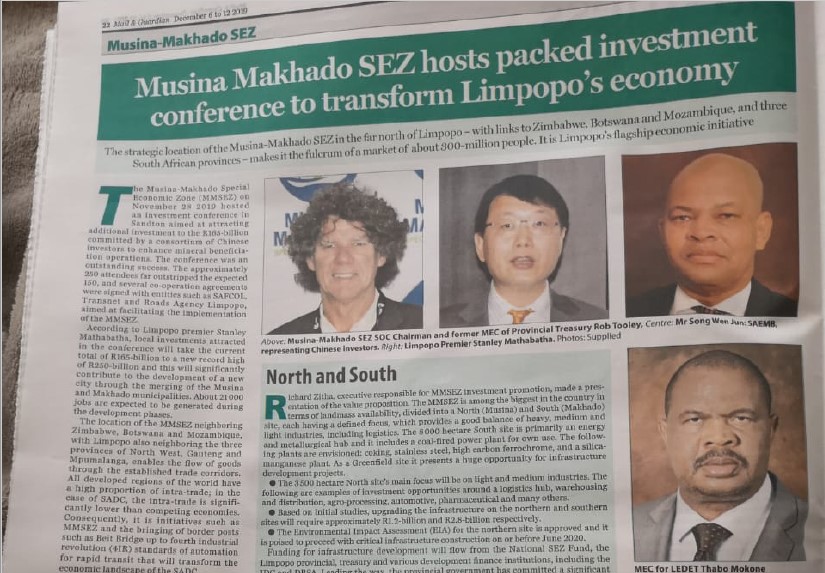
The new Limpopo steel city project has been hailed as a flagship economic development supported by a Chinese investment consortium. A specialist report suggests that if coal is used to power the project, the lifetime emissions will consume between 10%-16% of the country’s remaining carbon budget. (Image: EIA report)
Living Limpopo director Lauren Liebenberg-Southworth says in her founding affidavit that the decision to authorise the first part of the development had excluded a proper analysis of climate change, ecological, air quality, health, tourism, agriculture, food security, heritage, visual and noise impacts of the broader MMSEZ plan.
“The process is fatally flawed in that it constitutes project splitting. After initially applying for authorisation for the energy-metallurgical cluster of the MMSEZ in its entirety, the application had been altered in the draft EIA report to an application for site establishment only, shrinking the scope of the EIA in relation to the impact of the activities that will be conducted on the site of the heavy industrial zone.”
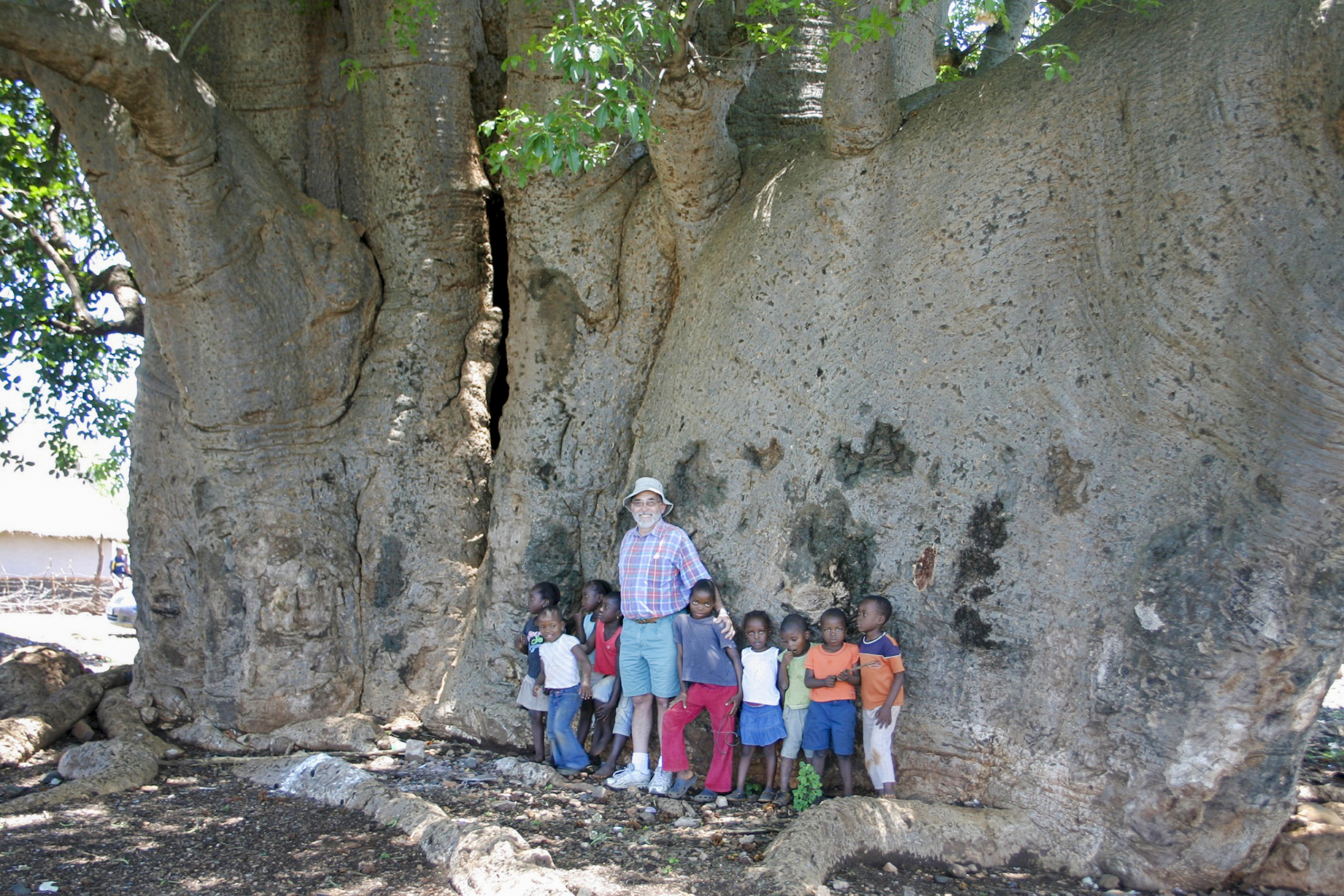
Prof Brian Bredenkamp and a group of youngsters are dwarfed by the massive Ga-Ratjeke baobab tree near Modjadjiskloof in Limpopo (Photo: Supplied)
Nevertheless, the clearance of pristine vegetation would likely include the destruction of numerous baobabs on a development site containing up to 4,500 of these iconic, protected trees.
“The consequences of the climate crisis cannot be avoided and should not be ignored in the consideration of the impacts of this industrial development.
“On its own specialists’ versions, the coal-based MMSEZ will take South Africa down a dangerous developmental path, seriously jeopardise our greenhouse gas emission reduction commitments, with significant economic and political consequences for the country, and flies in the face of the urgent need to decarbonise the economy in order to protect the planet from the serious risks of rising atmospheric temperatures.”
Water security
Liebenberg-Southworth further notes that the development region is already severely water-stressed and the water-intensive MMSEZ project “will have profound impacts on water resources and exacerbate already high water-security risks, both in South Africa and in neighbouring Zimbabwe”.
Living Limpopo and its fellow applicants also take issue with the MMSEZ plan being both proposed and approved by LEDET — as MMSEZ SOC is a wholly owned subsidiary of the Limpopo Economic Development Agency (LEDA), which is itself a state-owned company wholly owned by LEDET.
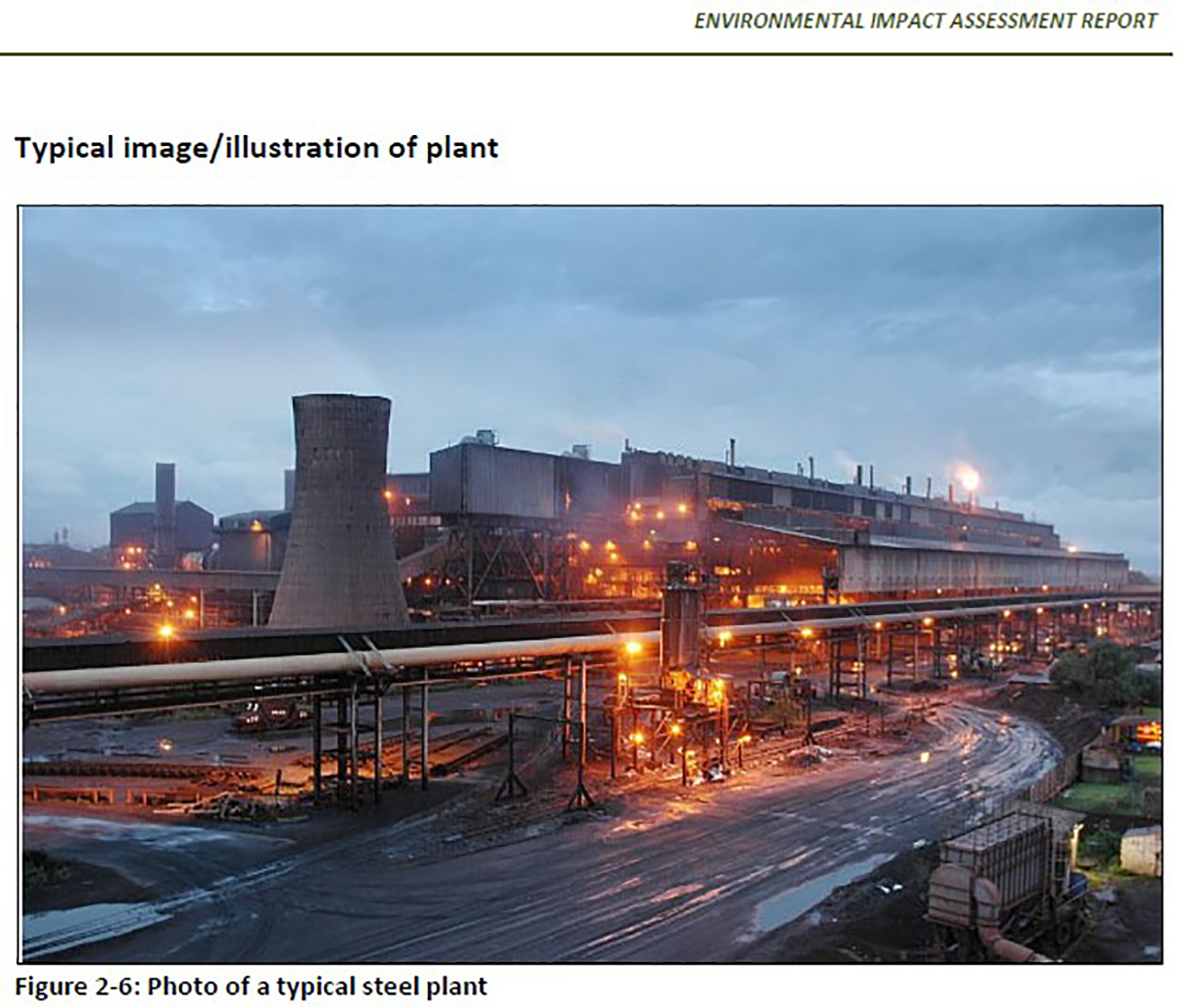
![]()
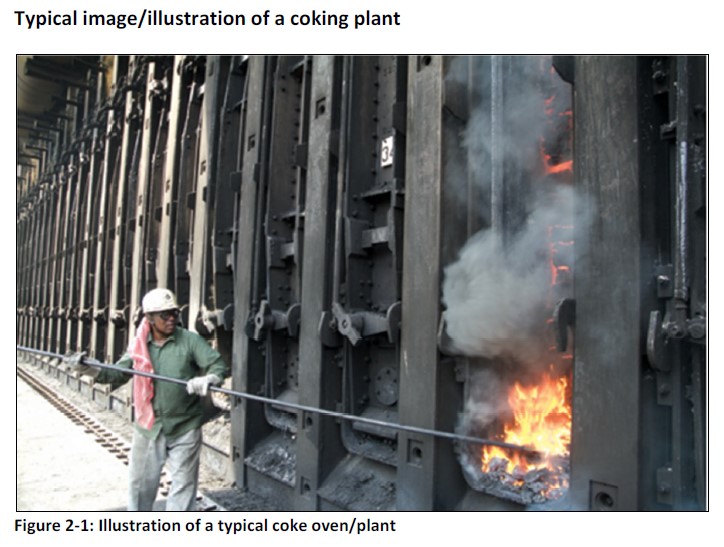
The MMSEZ would include a major new steel plant, ferrosilicon furnaces and other metallurgical production facilities. (Images: EIA report)
There was thus a clear conflict of interest between MMSEZ SOC/LEDA, as the applicant for the MMSEZ authorisation, and LEDET, as the decision-maker in terms of granting environmental authorisation.
The application should instead have been assessed at a more strategic level by the national Department of Environmental Affairs, she said, noting that the MMSEZ “is the largest Special Economic Zone in South African history and the adverse impacts that it will have on numerous aspects of the environment is commensurate with its size, if not greater”.
It was expected to more than double South Africa’s steel production capacity and cost an estimated R344-billion ($22-billion) to develop, according to MMSEZ plans.
Visit Daily Maverick’s home page for more news, analysis and investigations
MMSEZ has argued that the size of the original development has been scaled back considerably (from 8,000ha to just under 4,000ha), but Living Limpopo says the overall production capacity of the metallurgical zone has not substantially reduced, so the revised site layout would have no material effect on the cumulative environmental and other impacts of the zone.
“Apart from environmental impacts, which will in turn significantly impact other sectors of the regional economy — including agriculture and tourism — the impact on the South African fiscus, given the cost of developing the zone, will be significant,” Living Limpopo suggests.
Read more in Daily Maverick: “Killing the Holy Ghost: Limpopo’s Musina-Makhado SEZ — A not-so-go zone?”
According to the EIA report, the construction of the bulk services and fencing would “secure the site for future development opportunities”, thereby assuming that future development becomes a foregone conclusion.
Where will the water come from?
The litigants have further questioned where large quantities of water will come from to meet the needs of a giant metallurgical cluster.
As things stand, they say a significant human population and regional economy depends on the Limpopo River and its tributaries, yet many of these rivers were becoming heavily polluted and their resilience seriously compromised through over-exploitation.
“In this already distressed situation, the hugely disproportionate water demands of the emergent mining and industrial sectors will impose dangerous strain…
“In order to meet the projected water requirements of the planned Greater Soutpansberg Projects’ coal mines and Musina SEZ, as it was then conceived, an elaborate and highly implausible inward transfer scheme to augment water supply from other catchments, including from Zimbabwe’s Zhove Dam on the Umzingwane Rive, is proposed.”
In short, the north Limpopo catchment areas simply could not accommodate the massive water demands of the MMSEZ.
To give an indication of quantities, they refer to a LEDET final scoping report which suggests that the new steel and metals zone would require 123 million cubic metres per year in the operational phase — whereas the locally available groundwater on site was limited to 0.377 million cubic metres per year: a fraction of what was needed.
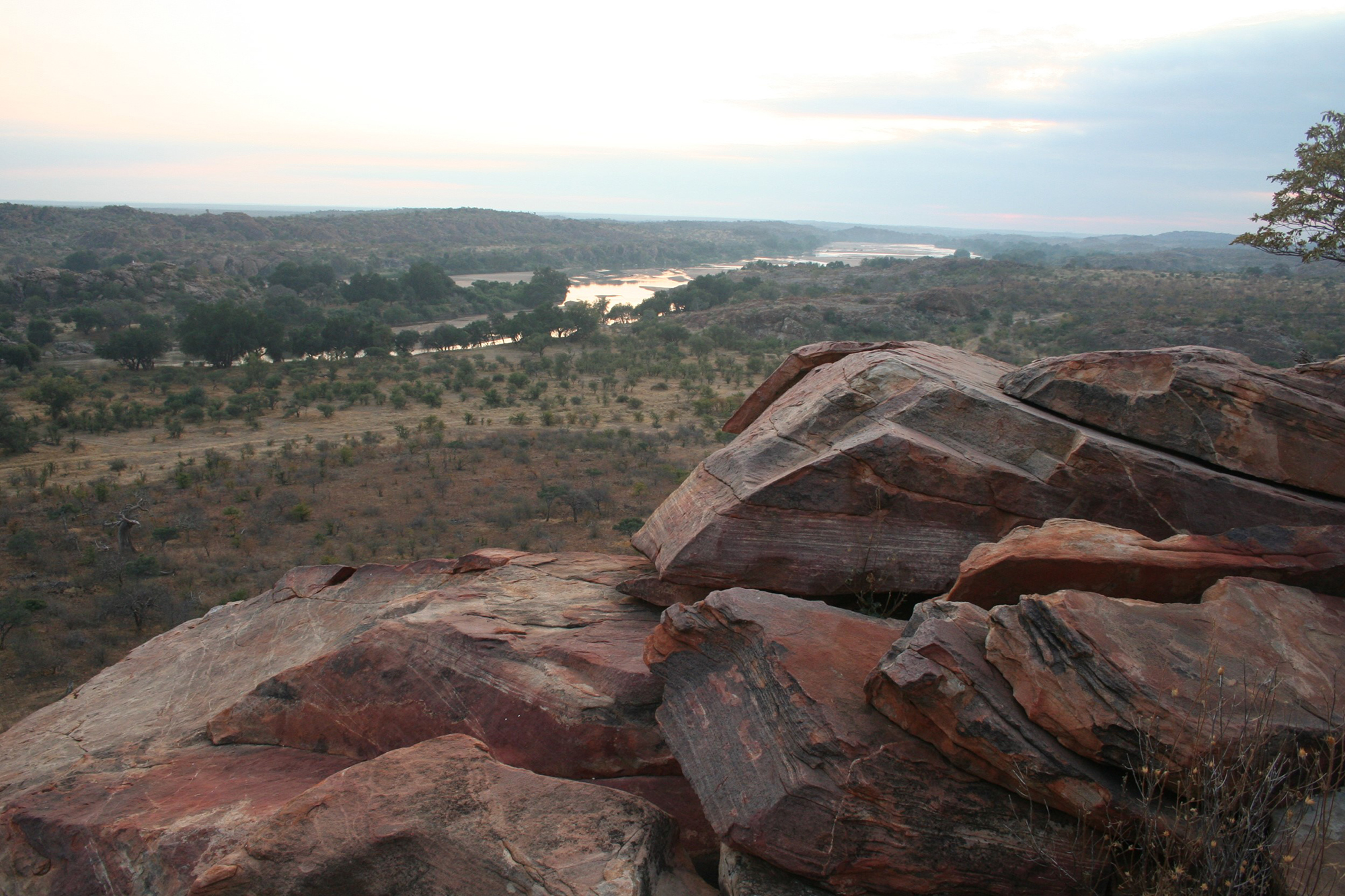
The Limpopo River and its tributaries form the lifeblood of the already water-stressed region. (Photo: Tony Carnie)
In a separate report produced by Matukane and Associates, it was estimated that the North and South MMSEZ sites would have a combined annual water requirement of 110mm3 during their operational phase, with the metallurgical zone requiring 80mm3 of that amount.
This excluded further water demand by new mines in the area.
Our Burning Planet tried to contact MMSEZ project leaders Richard Zitha and Lehlogonolo Masoga for comment on the legal challenge and for copies of any responding papers. Neither has responded.
However, Kirsten Youens of Durban-based All Rise Attorneys for Climate and Environmental Justice, said this week that the Limpopo MEC for Economic Development and the chief director of LEDET had both filed notices of intention to oppose the application.
A court hearing date could be set only once all parties had filed legal papers. DM/OBP




















 Become an Insider
Become an Insider
Red flag – Chinese finance, ANC Government and a tax free zone. Wow! Poor SA citizens will benefit next to nothing. My guess is 80% of the workforce will be Chinese……
Ask the people in Phalaborwa what living with a Chinese mining company is like. The locals get the trucks and pollution the Chinese bring in everything from China and locals leave town to find work elsewhere as unemployment rises. And they are one km from the Kruger park.
I suggest look at the impact of Chinese funded investments elsewhere in Africa – and study the relevance it has had in terms of employment generation for the national population… Not much there.
Similarly – repeat for the environment or for a way of life is notably absent.
I recently travelled to Nairobi – the “Chinese Highway” has destroyed the once beautiful inner-city of the Kenyan capital (but it seems that the politicians who approved the project(s) are quite happy 🙂 !!)
I’ve supervised (also in Kenya) the construction of schools – with Chinese contractors. To be fair – they produced quality work and in time (as opposed to sites contracted to Kenyan firms!) – but the qualified workforce was exclusively Chinese – and the local, unskilled labour were all paid well below the prescribed “minimum wage”.
When the erstwhile colonial governments did that, some years ago, it was termed “slavery” and exploitation” …